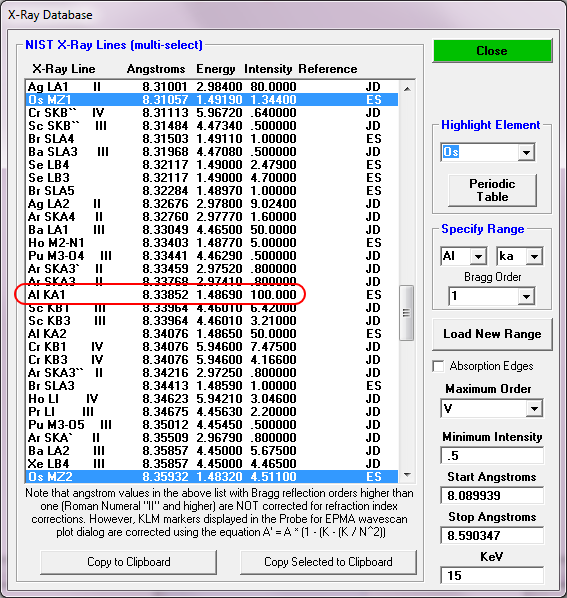Brian Joy and I were discussing x-ray databases under the topic of boron matrix corrections and I was reminded of a story that illustrates why it's important to have an accurate and complete x-ray database...
I cannot remember where I heard this story but some of you might remember about 20 years ago when there a story being circulated that one shouldn't cook with aluminum (or aluminium if you're a brit) , because they had found a link between Alzheimer's patients and high Al levels in the brains of such patients.
As is typical for medical researchers, they had treated the brain tissue with osmium tetraoxide for contrast in the TEM, and when they performed an EDS measurement, they thought they were seeing a small Al peak. But actually this is apparently what they were seeing:

According to the story their x-ray database did not contain Mz lines for Os. Does any one else know more details about the story, for example whether it is true or not! Because I have a hard time believe that would have not ruled out Al with other methods...